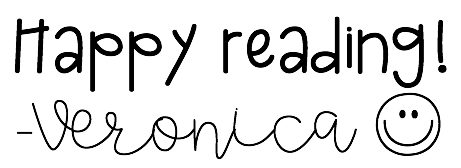The Stinky Cheese Man

Title: The Stinky Cheese Man and other Fairly Stupid Tales
Author: Jon Scieszka
Illustrator: Lane Smith
Genre: Caldecott
Awards: Caldecott Honor
Age Group: K-3rd grade
This book was quite unique to say the least! It certainly does not lack in sarcasm, attitude, sass, and plot twists. Jack, the narrator, interacts with different characters from various classic fairy tales and tells their stories in new ways, ways that don't end in happy endings. The book begins with a random portion of the story of the Little Red Hen, features the tale of the ugly duckling, who remains an ugly duckling, and goes on to tell a twisted version of Little Red Riding Hood who, in a strange turn of events, sides with the wolf against Jack (and wears red shorts). Hmm. Then there's the giant from Jack's story who just wants some bread. Like, really badly. And we finish off the book with the sad fate of the stinky cheese man, whom absolutely no one wants to eat (including the fox). Unfortunately his story ends in the river. The book actually ends with (spoiler alert) the giant finally getting his bread (and possibly a hen).
While I don't think I would use this book as a read aloud, I would keep it in my classroom library area for students to read in their free time/reading time. It would be just a teeny bit stressful to read aloud in my opinion! Let's just say there are some explosions of words throughout the book...and one never ending story that I can just picture a student requesting I read every single word of, haha! But all jokes aside, I know some kids will adore this book and the humor that it displays. I especially think the boys will get a kick out of it! Plus, the illustrations are very captivating and combine several different artistic techniques.
This book would be best suited for K-3rd grade. It is visually a bit difficult to read (fonts, text size, format) so I don't think it would be great for new readers. It does have that silly humor that younger kids crack up about, though.
A good lesson plan idea would be to have each student select one of the fairy tale variations in this book and compare it to the original version using a Venn diagram. Also, I think it would be beneficial to discuss the different "rules" that were broken in this book. For example, what does the class think about...
- the endpaper having a random part of a story?
- the title page?
- the dedication being upside-down?
- the effectiveness of the introduction?
- the crazy (or non-existent) page numbers?
- the lack of happy endings?
- the narrator interacting with the characters?
- the table of contents being randomly placed?
- the variation in text when it comes to font, size, and case?
- the different textures incorporated throughout?





Comments
Post a Comment